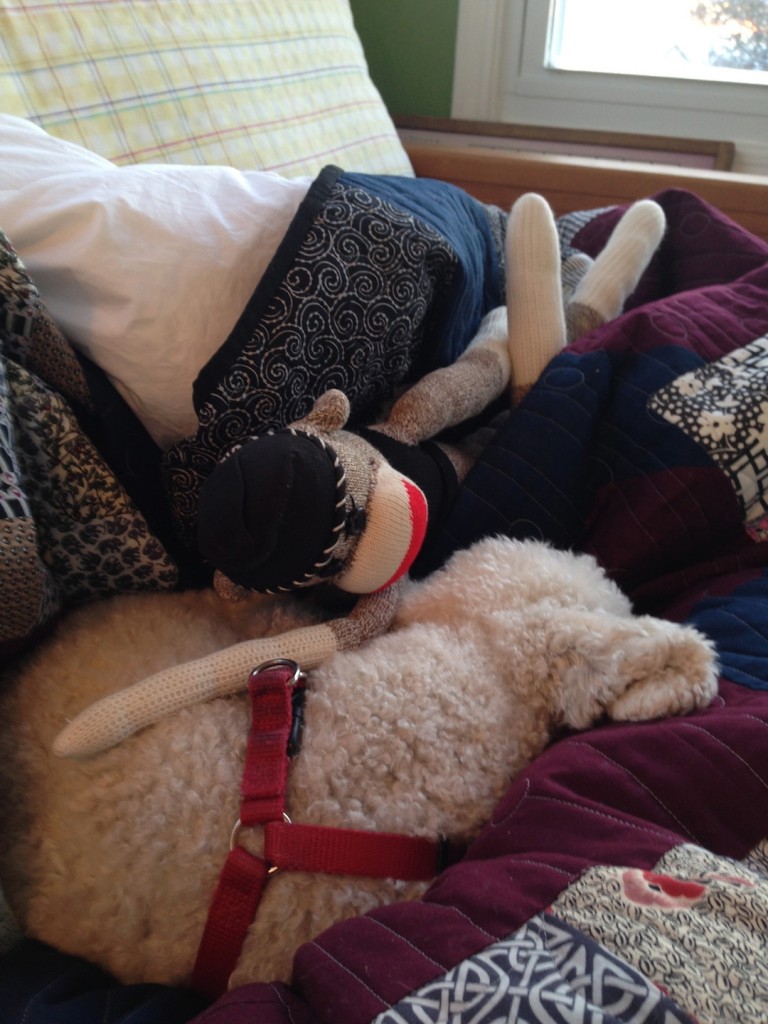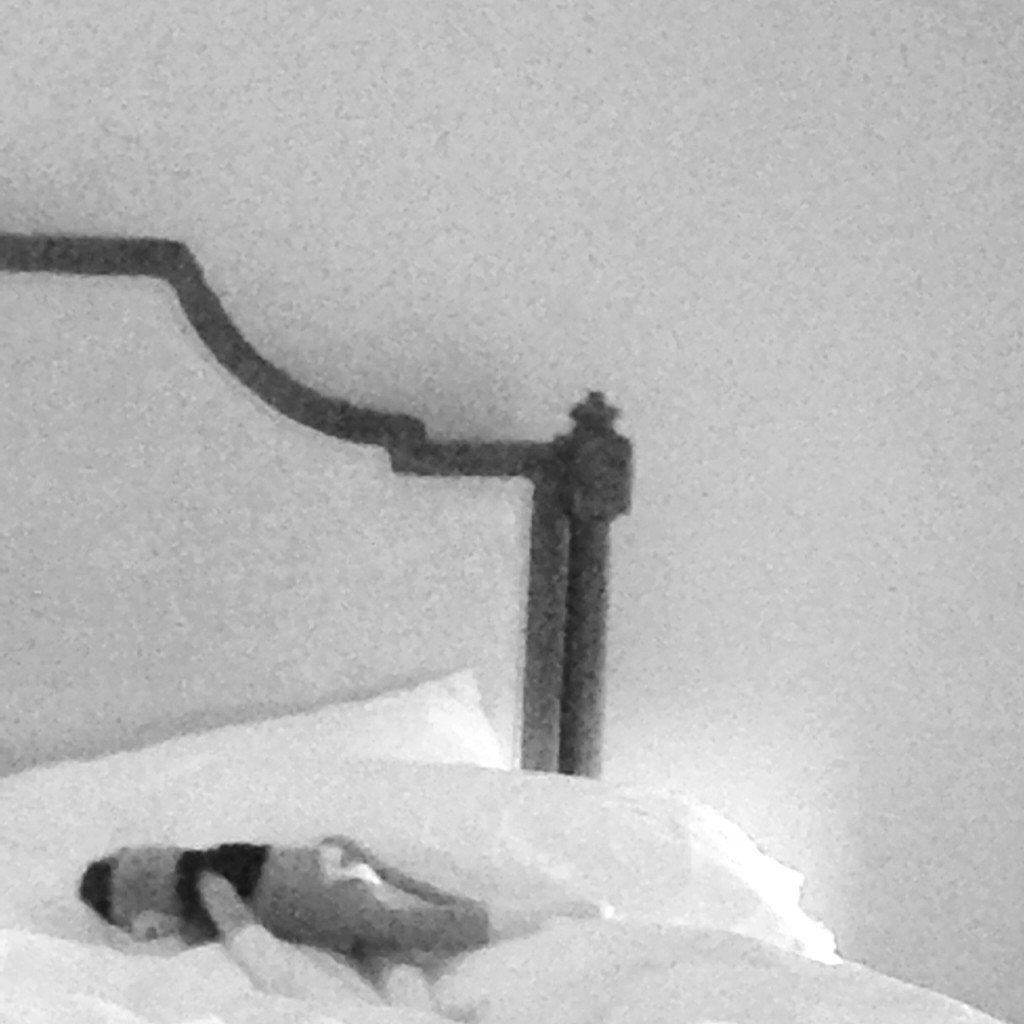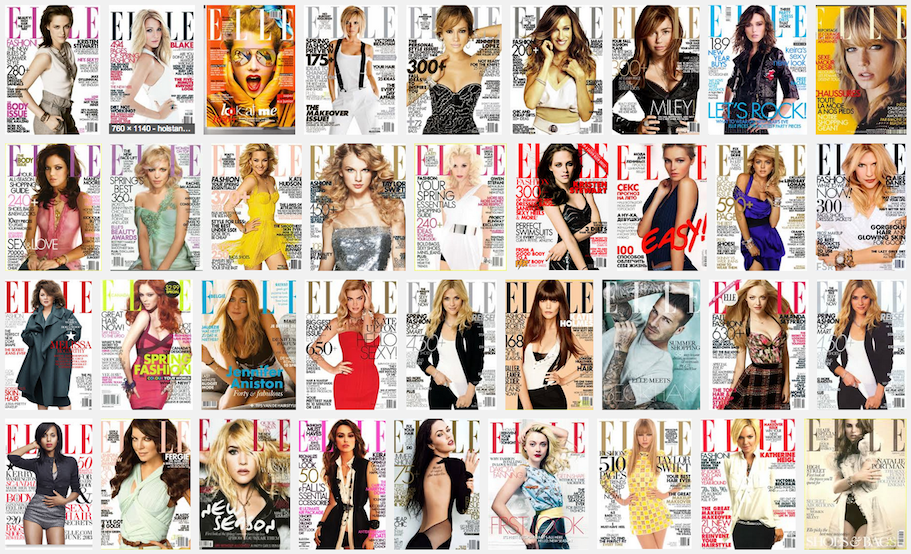
I incurred a serious injury last week, and not one of the metaphorical or interpersonal sense.
A drinking glass exploded in my hand while I was washing dishes at the sink. I had my right paw and a sponge inside the glass when it burst and my pinky finger was, uh, compromised. The story is coming now because I wasn’t sure if it was over or not.
Looking at my right pinky at press time, I think we’re gonna be okay. By “okay” I mean we’ll have a gnarly scar but no sepsis. Today was the cut-off (too soon!) date for the “I need to see a doctor” discussion with myself. If the disgusting-weird part on the top of the cut had not closed significantly, we’d go for a consult and probably stitches; this was the deal I made with myself in the bathroom, gritting my teeth (yet again) to pull back the gauze and the tape and the Band-Aid (yet again) to see what was doing under there. When I opened the bandage however, lots of white blood cell fairies had apparently come in the night. My pinky looked like a finger with a nasty-but-healing cut, not something from a “before” picture in a Red Cross how-to field guide.
Good people of Earth, I beg you: spend a little more. Invest in good glassware.
The glass I was washing was an IKEA special. I like IKEA. I like Target. I am down with K-Mart when I’m here in NYC because there’s a huge one at Astor Place and I can get coconut water and a spatula there, for example. Discount retailers like the aforementioned are awfully handy, especially if you’re a real-estate firm in New York who rents out furnished apartments. Setting up a furnished apartment to put on the market means stocking it with items that you’re absolutely willing to never see again. When faced with procuring drinking glasses for Unit A7 on the 5th floor of the building on the corner of 3st Ave and Yo Boulevard, a trip to IKEA is de rigeur. Any other option would be a waste of money, though I hardly need to state that I want nothing to do with any of it longer than necessary.
And here we have the perfect example of why I believe in spending even a little more for better quality objects.
Cheap glass breaks. It doesn’t last. It’s like cheap shoes. Yeah, they’re really inexpensive, but you will wear a hole in the sole in two months, which will then make you believe that a) people don’t make shoes like they used to and/or b) it’s time to buy a new pair of shoes. Your second assumption is correct, but not your first: people do make shoes like they used to, but you ain’t gonna get ’em at the PayLess. And you don’t have to drink your tap water from Waterford crystal stemware (note to self: do that) but when you buy cheap glasses, they’re gonna shatter sooner than even slightly better ones that cost more.
When the glass broke, it make a disturbing “pop” and I gasped as the bubbles in my hands turned dark red and pink. I turned around and saw Yuri and my face sort of broke and I said, “I just cut myself very badly,” and I dropped to the floor to put my hand above my heart.
Yuri jolted from his position on the bed and was at my side in an instant. When a vital, intelligent, athletic man looks at a wound and goes, “Oh my god, oh no, no, oh, baby, no…” you know you’ve got a lil’ issue. I’ll spare you the medical attention I got (it involved peroxide, a lot of blood, and several shots of whiskey) and I’ll also preempt your inevitable cry of, “Why didn’t you go to the hospital?!” by telling you that I was too afraid to go to the hospital because I saw Adventures In Babysitting ten million times as a seventh-grader and I didn’t want to camp out all night in a busy NYC emergency room for “one stitch.”*
The finger will make it. Love of Quilting viewers, if they look closely, may catch glimpse of a scar on my right pinky in a future show, though. My pinkies don’t show too much on TV but it’ll happen sometime. I suppose I should’ve gone in for medical attention for that reason, too: my hands are more seen than most people’s hands and I need to keep them nice-looking.
At this point, I just kinda want to keep them, period.

















